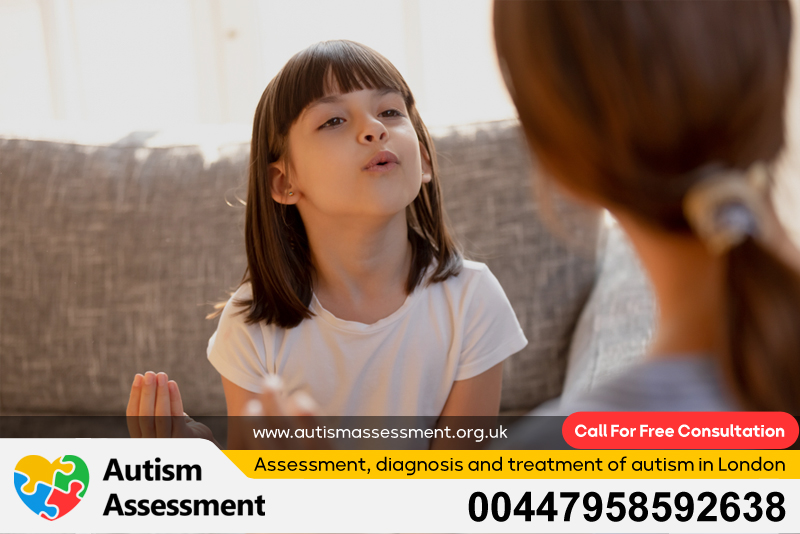Autism Spectrum Disorder (ASD) and anxiety disorders are increasingly recognized as common co-occurring conditions, especially in children and adolescents. Individuals with autism often experience heightened levels of anxiety due to challenges related to social interactions, communication difficulties, and the need for routine and predictability in their environments. Understanding the distinctions and overlaps between autism and anxiety is crucial for achieving accurate diagnoses and effective treatment strategies. This article delves into the characteristics of both conditions, explores their relationship, and emphasizes the importance of integrated care for individuals facing these challenges.
Autism is a neurodevelopmental disorder characterized by a range of symptoms that include difficulties with social communication, restricted interests, and repetitive behaviors. The severity and manifestation of these symptoms can vary widely among individuals. Children with autism may struggle to interpret social cues, leading to misunderstandings in interactions with peers and adults. This social disconnect can create feelings of frustration and isolation, which may contribute to the development of anxiety. For instance, a child with autism may feel overwhelmed in social situations, leading to excessive worry about participating in group activities or engaging in conversations.
Anxiety disorders, on the other hand, are mental health conditions characterized by excessive fear or worry that can interfere with a person’s daily life. Common anxiety disorders include generalized anxiety disorder (GAD), social anxiety disorder, specific phobias, and panic disorder. Individuals experiencing anxiety may demonstrate symptoms such as restlessness, irritability, difficulty concentrating, and sleep disturbances. Anxiety often manifests as a heightened sense of apprehension about future events or situations, which can be particularly intense for those on the autism spectrum who may already have difficulty processing sensory input or unexpected changes in their environment.
The relationship between autism and anxiety is complex and multifaceted. Research indicates that individuals with ASD are at a significantly higher risk for developing anxiety disorders compared to their neurotypical peers. Estimates suggest that approximately 40-60% of individuals with autism may also experience clinically significant anxiety. The reasons behind this increased prevalence are still being explored, but potential contributing factors include heightened sensitivity to sensory stimuli, social difficulties, and a tendency toward rigidity in thinking and behavior. This combination can create a cycle where anxiety exacerbates autism-related challenges, leading to heightened stress and behavioral issues.
When considering treatment for individuals who exhibit symptoms of both autism and anxiety, a comprehensive, individualized approach is essential. Behavior modification techniques, such as Cognitive Behavioral Therapy (CBT), can be effective in addressing anxiety symptoms, particularly when tailored to the unique needs of individuals with autism. CBT focuses on identifying and challenging negative thought patterns and developing coping strategies to manage anxiety in various situations. For children on the spectrum, incorporating visual supports and structured routines into therapy can enhance their understanding and engagement in the process.
In some cases, medication may be considered an effective option for managing anxiety symptoms, especially when they interfere significantly with daily functioning. Selective serotonin reuptake inhibitors (SSRIs) are commonly prescribed to treat anxiety disorders and have shown positive results in some children with autism. However, medication should always be paired with behavioral strategies and ongoing monitoring by healthcare professionals to ensure optimal outcomes and minimal side effects.
Creating a supportive environment for individuals dealing with both autism and anxiety involves promoting understanding and acceptance within families, schools, and communities. Educators and caregivers can help by providing predictable routines, clear expectations, and gradual exposure to social situations. For instance, social skills training can equip children with the tools necessary to navigate social interactions confidently, thereby reducing anxiety over time. Additionally, fostering open communication about feelings of anxiety and providing strategies for self-regulation can empower individuals to cope more effectively.
In conclusion, recognizing the interplay between autism and anxiety is essential for developing effective support systems for individuals impacted by both conditions. Accurate diagnosis and integrated care approaches can lead to improved outcomes for those navigating the challenges associated with these disorders. Understanding these complexities allows for the creation of tailored interventions that address both autism and anxiety, ultimately fostering resilience and promoting meaningful participation in everyday life. As awareness of these conditions continues to grow, so too does the need for compassionate and informed strategies to support individuals and their families on their journey toward well-being.



